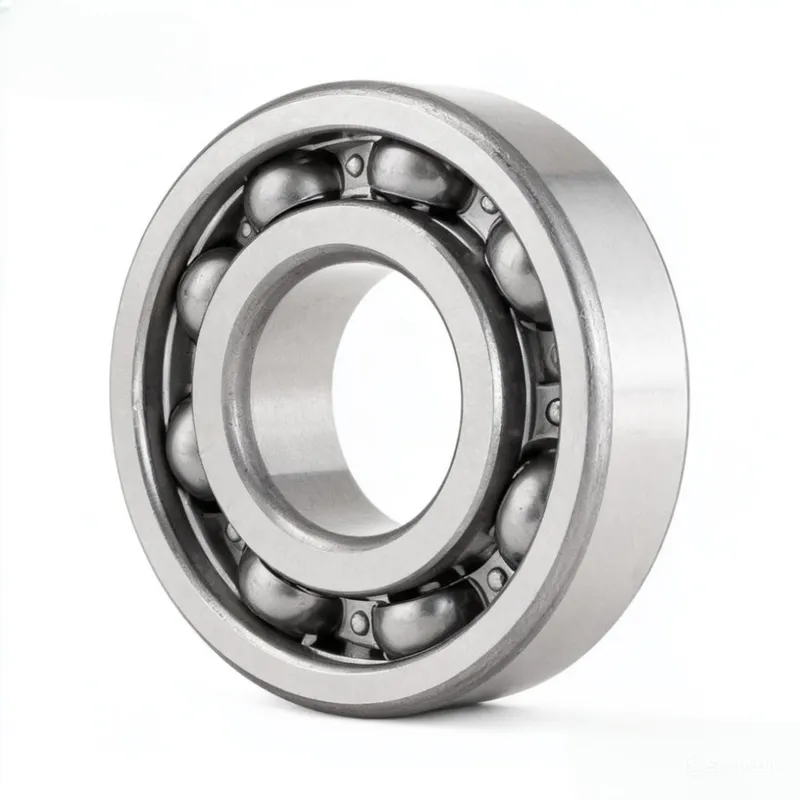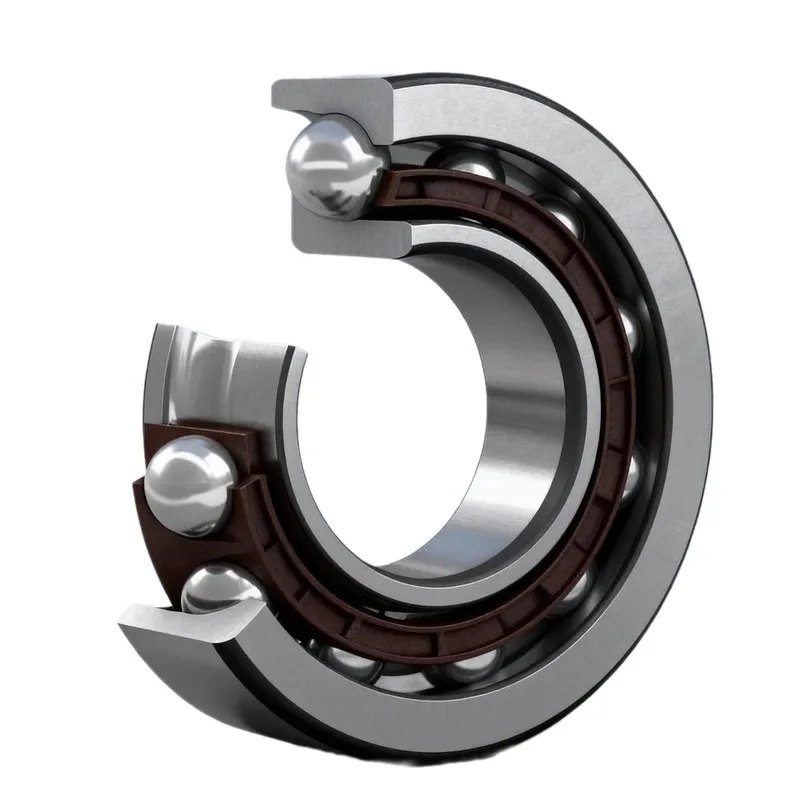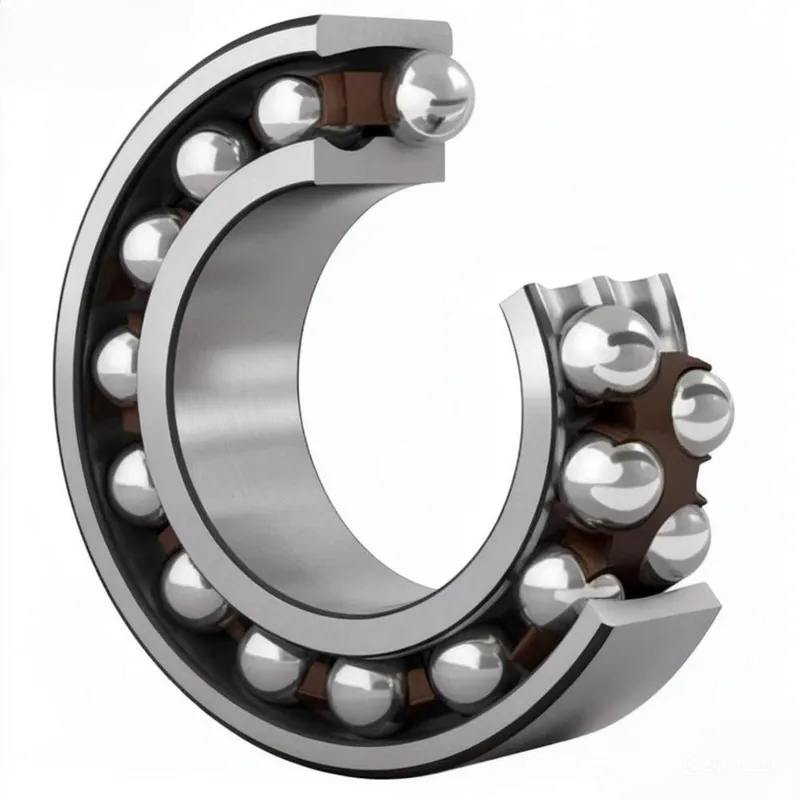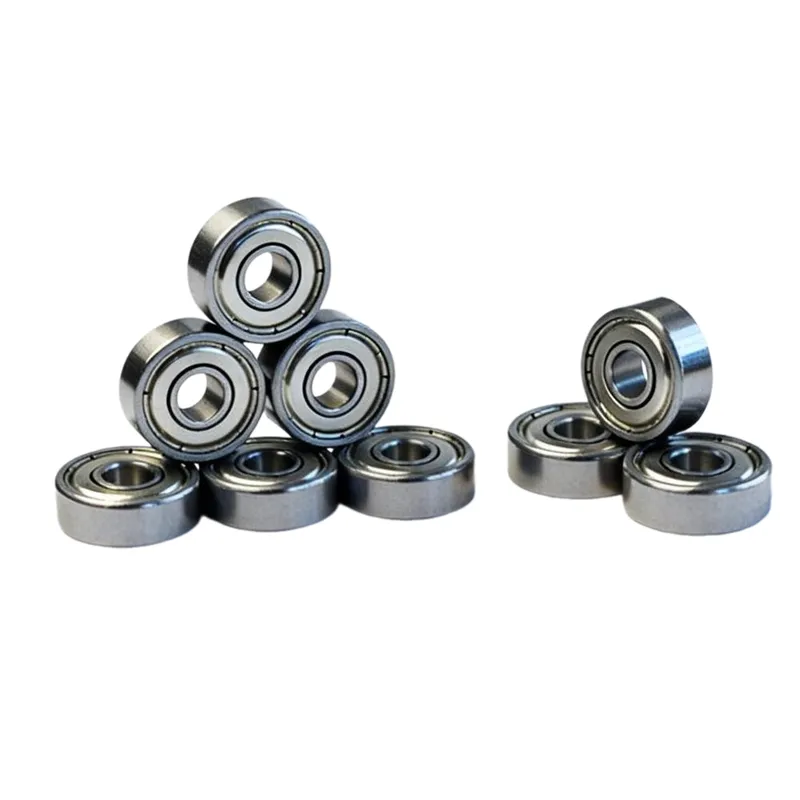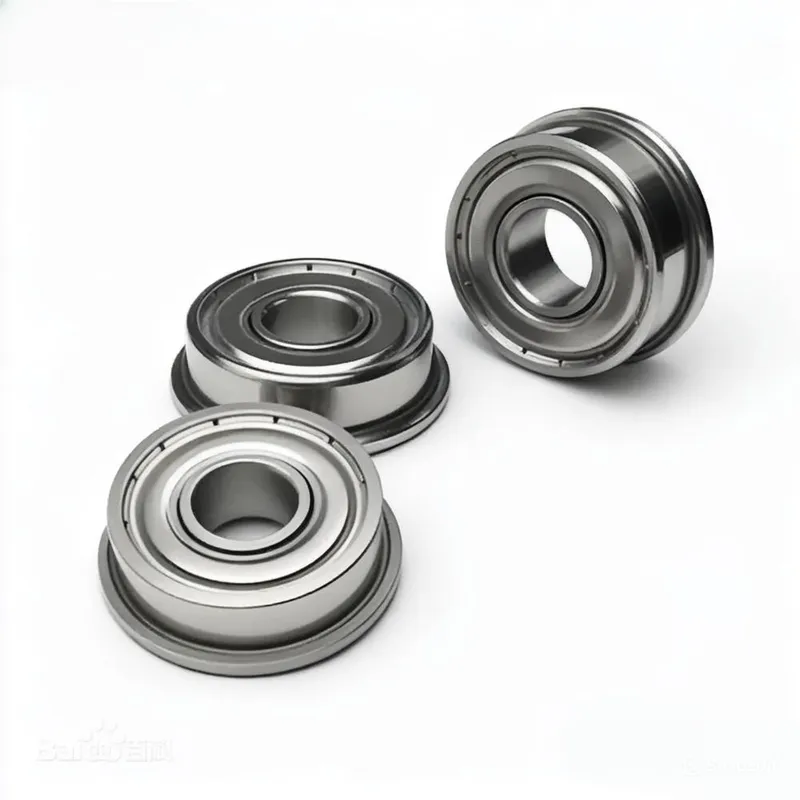Products
1. What is Ball Bearing?
Ball bearings are precision mechanical components that enable smooth rotational movement by converting sliding friction into rolling friction. These essential elements comprise four key parts: an inner ring rotating with the shaft, a stationary outer ring housed in equipment, hardened spherical rolling elements, and a cage maintaining proper element spacing. The precisely engineered raceways on both rings create optimized pathways for rolling elements, allowing efficient load distribution and motion transmission. This design supports both radial and axial loads while maintaining stability across various speeds and conditions.
2. What are the Advantages of Ball Bearings
Ball bearings offer exceptional performance through optimized mechanical design and precision manufacturing. Their primary advantage lies in extremely low friction coefficients (typically 0.001-0.005), resulting in reduced energy consumption and minimal heat generation. This efficiency supports higher rotational speeds while ensuring quiet operation. The compact design enables space-saving mechanical assemblies, while the ability to handle combined radial and axial loads provides remarkable versatility. Additional benefits include simplified maintenance, extended service intervals, predictable lifespan, and widespread availability across global markets.
3. Applications of Ball Bearings
Ball bearings serve critical functions across numerous mechanical engineering sectors. Automotive systems utilize them in wheel hubs, transmissions, and electric motors. Industrial machinery employs these components in motors, pumps, gearboxes, and conveyor systems. The aerospace industry relies on specialized versions for turbine engines and flight control mechanisms. Miniature bearings power medical devices and precision instruments, while consumer products from appliances to computer hardware incorporate them for quiet operation. Renewable energy systems, particularly wind turbines, use large-scale ball bearings to support massive rotating assemblies.
4. Maintenance Guidelines for Ball Bearings
Proper maintenance ensures optimal ball bearing performance and longevity. Correct installation using appropriate tools prevents component damage and ensures proper fits. Lubrication selection should match operational requirements — grease for standard applications, oil for high-speed operations. Regular monitoring of vibration, temperature, and noise enables early problem detection. Effective sealing systems protect against contamination in harsh environments. Systematic inspection schedules facilitate timely lubricant replenishment, while condition monitoring supports predictive maintenance strategies. Proper handling and clean working conditions during maintenance significantly extend service life and maintain performance.
